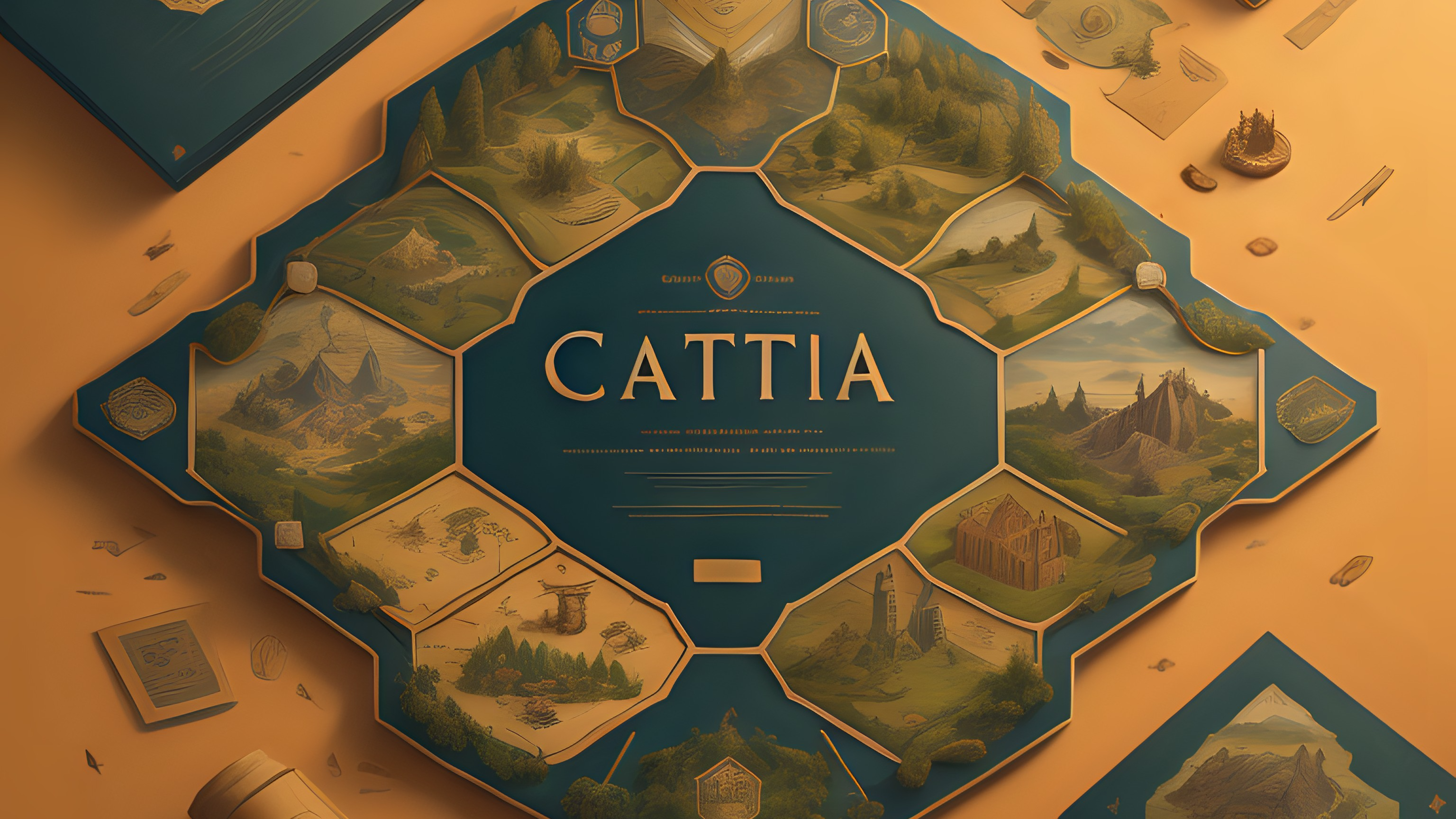Logic Games LSAT: Mastering Strategies to Ace the Test


Imagine sifting through a sea of scattered puzzle pieces.
Engaging in games is akin to conducting a symphony; each moves notes, contributing to a complex, harmonious conclusion.
Just as athletes build their muscles through rigorous training, puzzle enthusiasts strengthen their mental faculties by connecting dots—deciphering intricate patterns hidden within the chaos of scrambled elements.
Sharpen your mind effectively.
Unleash Cognitive Potential
Unlocking the power of your brain through puzzle games isn't just mentally stimulating—it's a crucial exercise in cognitive agility. These games present you with patterns that seemingly defy logic, challenging you to unravel the threads of complexity. By immersing yourself in this puzzle-solving practice, you activate neural pathways, paving new roads for thought processes that can lead to more creative solutions in other areas of life. Embrace the challenge; tapping into your cognitive reserves can transform how you perceive and interact with the world.
Games as Mental Gymnastics
Puzzles and brain teasers don't just entertain; they act as cognitive weights, robustly enhancing strategic thinking and problem-solving abilities.
Prolonged engagement with intricate puzzles solidifies our ability to spot subtleties and predict outcomes, mirroring the skills honed in chess and other strategy games.
Regular puzzle-solving strengthens memory and improves attention to detail.
Navigating the labyrinth of a complex game requires more than just intuition; it involves recognizing patterns, deducing probabilities, and adapting strategies—all sharpening your mind's agility and responsiveness.
Building Neural Pathways
Engaging in puzzle games is akin to conducting a symphony in your brain. Each decision you make, and each pattern you recognize triggers a cascade of neural connections, strengthening your cognitive web.
When you attempt to solve puzzles, neurons in your brain fire and forge links, creating a rich tapestry of interconnected pathways, this neural activity underpins the improvement in your pattern recognition and problem-solving skills.
Think of your brain as a muscle that can be sculpted and toned through mental exercise. Regular interaction with pattern-based games shapes the structure of your brain, enhancing both neurological plasticity and cognitive skills.
Within these neuronal networks, chemicals like dopamine are released upon the success of solving a puzzle, providing a sense of satisfaction and reinforcing the desire to engage with complex tasks.
As you persist in challenging your brain with pattern recognition games, you’re indelibly etching these neural pathways, leading to heightened mental acuity and adeptness at deciphering the world's intricate puzzles.
Classic Games, New Tricks
In reviving the allure of ancient puzzles, classic games like chess undergo a transformative process, adopting contemporary formats such as online play and AI challenges, which are ingeniously designed to heighten our pattern recognition prowess. These venerable pastimes are not relics but dynamic tools, adeptly evolving within digital arenas to provide sophisticated problem-solving scenarios that continue to refine our cognitive capabilities and perpetuate the joy of mental conquest.
Chess Patterns & Strategy
In chess, mastery of patterns is fundamental, signifying an understanding of how pieces synergistically operate. These patterns form the backbone of any winning strategy, embedding themselves into a player's intuition.
Recognizing tactical motifs, such as forks, pins, and skewers, is a critical skill in chess. A well-honed player perceives the battlefield, anticipating the interplay between pieces, forecasting consequences, and seizing opportunities that less experienced opponents might overlook. Over time, this tactical awareness becomes second nature, enhancing the player’s ability to execute complex strategies gracefully and efficiently.
Strategically, chess requires a comprehensive vision of the game board. Players absorb standard positional templates that inform their moves by studying historical games and openings. Knowledge of these patterns allows players to control the game's flow, architecting positions that lead to more decisive tactical opportunities.
For the devoted practitioner, chess positions transition from a mere assortment of pieces to an interconnected system of potential moves and counter-moves. With continued study, the accumulation of pattern knowledge improves foresight, enabling the prediction of opponent moves before they occur. Such proficiency turns the grand chess game into an elegant dialogue of advanced planning, sharp tactics, and evolving strategies.
Mastering Sudoku Logic
Sudoku, a game steeped in logic and patterns, offers a grid-based puzzle that sharpens the mind with every number placed. Strategic allocation of digits within this framework unveils a dance of deduction and foresight, testing the solver's analytical acumen.
For newcomers, one key strategy involves scanning for 'naked singles,' where a cell has only one possible number due to the process of elimination. This technique fosters a cascading effect, each discovery simplifying the surrounding cells through mutual influence. As one masters these basic tactics, recognizing more advanced patterns, such as 'hidden singles' and 'naked pairs,' begins to emerge naturally.
Progression to higher difficulty puzzles introduces concepts like 'X-Wing' and 'Swordfish,' sophisticated methods that demand a practiced eye for pattern spotting. By gradually embracing these advanced techniques, a solver's toolkit expands alongside their cognitive capabilities, transforming once formidable grids into surmountable challenges.
Across this journey, a comprehensive understanding of Sudoku's logic becomes almost symphonic as players learn to interpret intricate numerical harmonies. This mastery enhances performance within Sudoku and enriches one's overall cognitive agility—transferable across diverse intellectual pursuits, encompassing logic-driven and creative problem-solving domains.
Digital Revolution in Gaming
The digital age has ushered in a transformative era of gaming where pattern recognition and strategic thinking have been integrated into captivating digital experiences. Traditional puzzles have morphed into interactive challenges, thanks to robust software presenting puzzles with escalating complexity and interactive elements, fostering more profound engagement.
With the advent of sophisticated algorithms and powerful computing, games that were once confined to paper or static boards have leaped onto screens as dynamic, immersive worlds. Players engage with these games across various digital platforms, utilizing touch screens, virtual reality, and artificial intelligence to enhance their pattern recognition skills. This interactivity entertains and sharpens the mind, proving that fun and cognitive development can go hand-in-hand.
Video Games for Dynamic Thinking
Engaging with particular video games can be remarkably effective in honing dynamic thinking. They challenge players to recognize patterns and adapt strategies in real time.
Tetris – Perfect for practicing spatial recognition and reflexes.
Portal series – Enhances problem-solving with its physics-based puzzles.
The Witness – Encourages exploration and connecting visual clues.
Braid – Offers unique time manipulation mechanics for complex pattern solving.
Fez – Requires players to shift perspectives to solve spatial puzzles.
These games rely on constantly changing scenarios that force players to stay agile in their thought processes.
With their intricate level designs and interactive environments, these games serve as excellent brain training tools, pushing the boundaries of traditional puzzle-solving.
App-based Puzzles on the Go
Taking your puzzle-solving skills mobile enhances cognitive flexibility and convenience.
Candy Crush Saga – Tests pattern recognition in a colorful, timed environment.
Monument Valley – Challenges spatial reasoning through Escher-like architectural puzzles.
2048 – Improves numerical pattern recognition and strategic planning.
The Room series – Engages problem-solving with intricate 3D puzzles and tactile controls.
Flow Free – Develops visual tracking and pattern creation with connecting pipes. These apps make daily commutes and waiting in lines an opportunity for brain training.
They harness the power of gamified learning, embedding cognitive exercises in interactive, engaging experiences.
Social Play, Sharper Skills
Engaging in multiplayer puzzle games fosters collaborative problem-solving and enhances interpersonal bonds, sharpening the mind through social interaction.
As humans, we're naturally social creatures, and games like Werewolves, Codenames, or Escape Room experiences offer entertainment and the opportunity to improve cognitive skills through teamwork and shared brainpower.
“two heads are better than one” rings particularly true in cooperative puzzle-solving activities.
Card Games as Learning Tools
Card games are a splendid avenue to enhance pattern recognition through repetitive play. Complex strategies often unfold through simple rules in many card games.
Deck shuffling introduces random elements, challenging players to adapt strategies.
From classic games like Poker to modern creations like Magic: The Gathering, card games demand a keen eye for patterns amidst varying complexity. They offer a balanced mix of chance and skill, providing a fertile ground for cognitive development through play.
Card games promote mental agility by compelling players to predict opponents' moves based on visible patterns. They encourage a blend of calculated risk-taking and probability assessment in conjunction with sharpening memory skills. They serve as a dynamic and interactive medium for honing strategic thinking and pattern recognition.
Engaging Group Board Games
Group board games offer an eclectic mix of social interaction and collective problem-solving, serving as an ideal platform for enhancing pattern recognition skills collaboratively. Participants pool their insights to recognize and anticipate patterns, learning from each other’s strategies.
Facilitators can tailor experiences to various skill levels. This ensures inclusivity and continued engagement for all players involved.
Regarding the confluence of fun and educational value, few activities compare to group board games designed for pattern recognition. These games often incorporate visual, spatial, and strategic elements that challenge players to detect configurations in a shared, competitive setting.
Group board games are particularly effective in stimulating neural pathways associated with visual-spatial awareness and strategic planning. By engaging multiple senses and cognitive processes, they create a rich environment conducive to learning. These games invariably integrate the "ah-ha!" discovery moments within the playful competition landscape.

Board Games
Discover the fun of playing Carcassonne board game

Board Games
Azul Board Game Guide: Rules, Strategy Tips, and More

Crack The Code Puzzle Game
Nostalgic Games: Reliving Childhood Memories through Classic Titles

Board Games
Learn How to Play the Popular Catan Board Game

Crack The Code Puzzle Game
Code Board Games: A Fun Way to Learn Programming

Crack The Code Puzzle Game
Deciphering Secrets: A Guide to Mastering Hidden Messages Games

Crack The Code Puzzle Game
Enigma Puzzles Demystified: Tips and Strategies for Success

Crack The Code Puzzle Game
Master Maze Games and Have Fun: The Ultimate Guide

Crack The Code Puzzle Game
Master the Art of Pattern Recognition: 5 Engaging Exercises for Adults

Crack The Code Puzzle Game
Cracking the IQ Puzzle: Boost Your Brainpower Challenging Riddles


